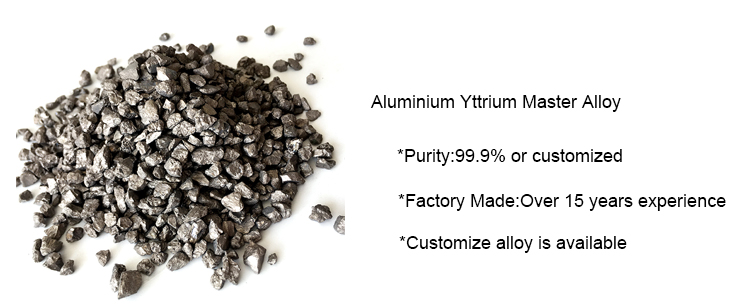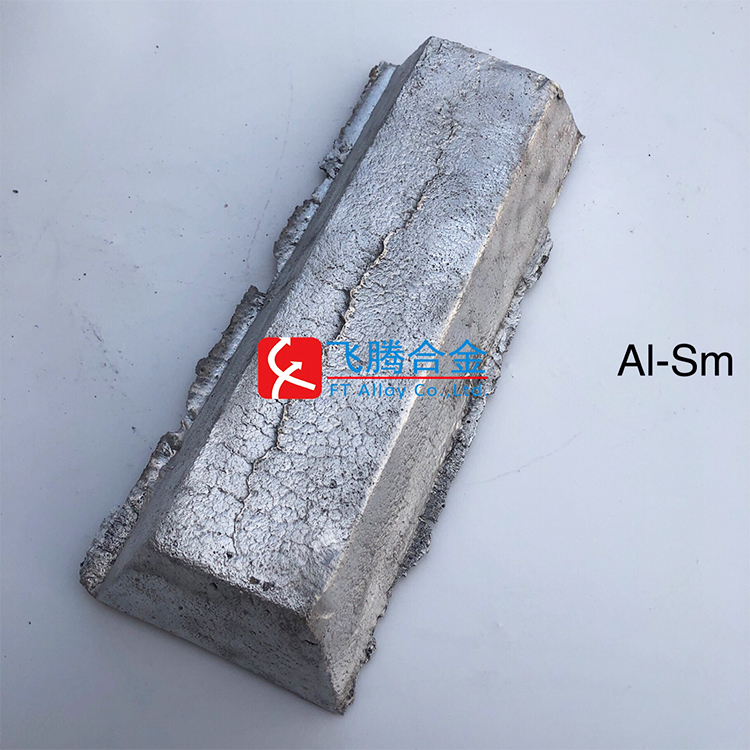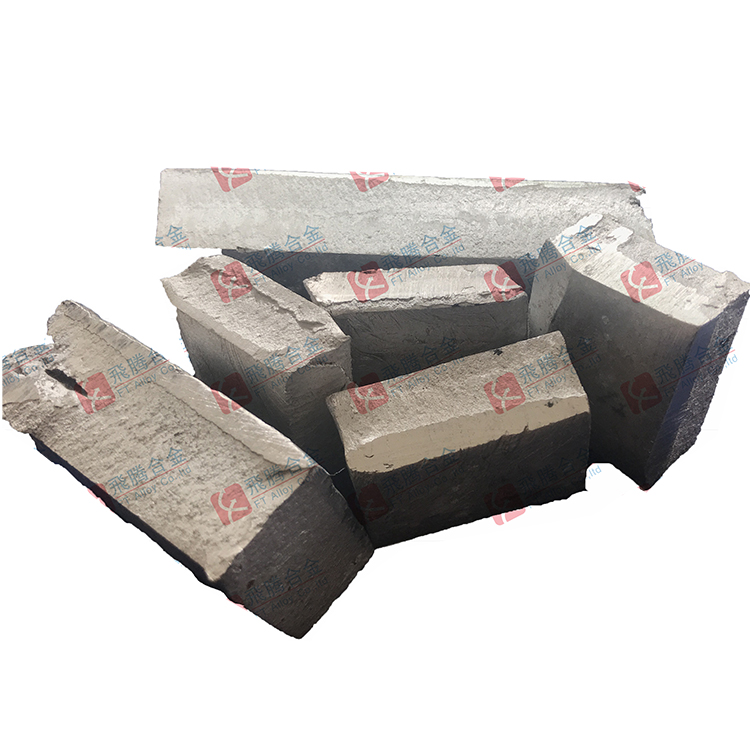Rare earth has high chemical activity, low potential and special electron layer arrangement, and can interact with almost all elements. Commonly used rare earths in aluminum and aluminum alloys are La (lanthanum), Ce (cerium), Y (yttrium) and Sc (scandium), which are often added to the molten aluminum with modifiers, nucleating agents and degassing agents to purify the molten metal. It can improve the structure, improve the structure, and refine the grains.

01. The purification effect of rare earth
Since a large amount of gas and oxidative inclusions (mainly hydrogen, oxygen and nitrogen) will be brought into the casting of aluminum alloys, the castings will produce defects such as pinholes, cracks and inclusions, and reduce the strength of the aluminum alloys. The purification effect of rare earth is mainly manifested in the obvious reduction of hydrogen content in molten aluminum, reduction of pinporosity and porosity, and reduction of inclusions and harmful elements. It is mainly because rare earths have a large affinity with hydrogen, which can adsorb and dissolve hydrogen in large quantities, and form stable compounds, which will not aggregate into bubbles, so that the hydrogen content and porosity of aluminum are significantly reduced; rare earths and nitrogen form refractory compounds, In the smelting process, most of them are removed in the form of slag, so as to achieve the purpose of purifying molten aluminum.
Practice has proved that rare earth has the effect of reducing the content of hydrogen, oxygen and sulfur in aluminum and aluminum alloys. Adding 0.1% to 0.3% of RE in molten aluminum is helpful to better remove harmful impurities, refine impurities or change their shape. In addition, RE and low melting point harmful impurities form binary compounds such as RES, REAs, REPb, and these compounds have the characteristics of high melting point, low density and stable chemical properties, and can float up to form The slag is removed and removed to purify the molten aluminum; the remaining fine particles become the heterogeneous nuclei of aluminum to refine the grains.

02. Metamorphism of Rare Earth
Rare earth metamorphism is mainly manifested in refining grains and dendrites, inhibiting the appearance of coarse flaky T2 phase, eliminating the coarse block phase distributed in the original crystal and forming a spherical phase, so that the strip and fragment compounds at the grain boundary are significantly reduced. Under normal circumstances, the atomic radius of rare earth is larger than the atomic radius of aluminum, and its properties are relatively active. It is easy to fill the surface defects of the alloy phase when it is melted in molten aluminum, which reduces the surface tension at the interface between the new and the old two phases and improves the growth rate of the crystal nucleus. It can also form a surface active film between the grains and the melt, preventing the generated grains from growing and refining the alloy structure.
The addition of rare earth elements played a role in grain refinement, and the originally coarse dendritic α(Al) phase became a smaller rose or rod shape. When the rare earth content was 0.3%, the α(Al) phase The grain size is the smallest, and the grain size gradually becomes larger with the further increase of rare earth content. Experiments have shown that rare earth metamorphism has a certain incubation period, and only when it is kept at high temperature for a certain period of time, will rare earth play its greatest metamorphic effect. In addition, the number of nuclei of the compound formed by aluminum and rare earth increases greatly when the metal is crystallized, which also makes the alloy structure refined. Studies have shown that rare earth has a good modification effect on aluminum alloys.

03 Microalloying of Rare Earths
Rare earths mainly exist in aluminum and aluminum alloys in three forms: solid solution in the matrix α (Al); segregation in phase boundaries, grain boundaries and dendrite boundaries; solid solution in compounds or in the form of compounds. The strengthening effects of rare earths in aluminum alloys mainly include grain refinement strengthening, limited solid solution strengthening and second phase strengthening of rare earth compounds.
The existence form of rare earth in aluminum and aluminum alloys has a great relationship with its addition amount. Generally, when the content of RE is less than 0.1%, the effect of RE is mainly based on grain refinement strengthening and limited solid solution strengthening; when the content of RE is 0.25%~ At 0.30%, RE and Al form a large number of spherical or short rod-shaped intermetallic compounds, which are distributed in the grains or in the grain boundaries, and a large number of dislocations and fine-grained spheroidized structures and dispersed rare earth compounds appear, which will produce secondary Phase strengthening and other micro alloying effects.

Contact: Adam Xiao
Phone: 0086-797-4600859
E-mail: sales@gzftalloy.com
Add: No. 2, Gaoxin Avenue, Ganzhou High-tech Industrial Development Zone, Ganxian District,Ganzhou City,China